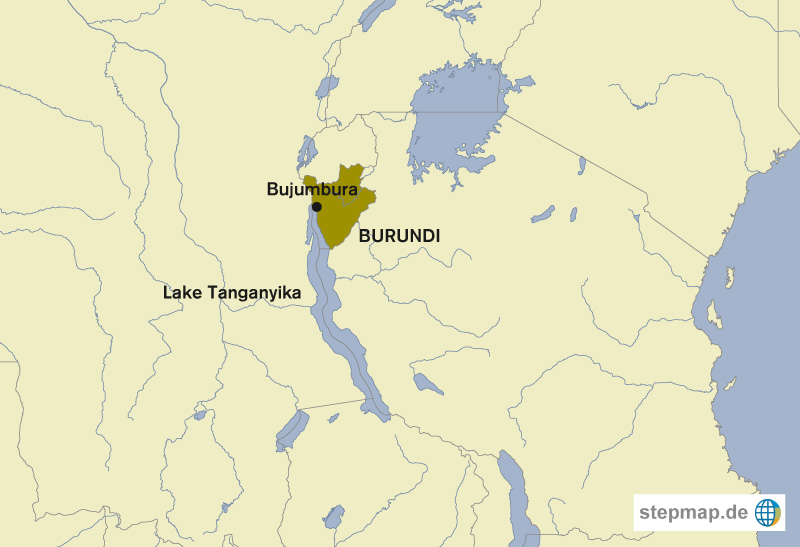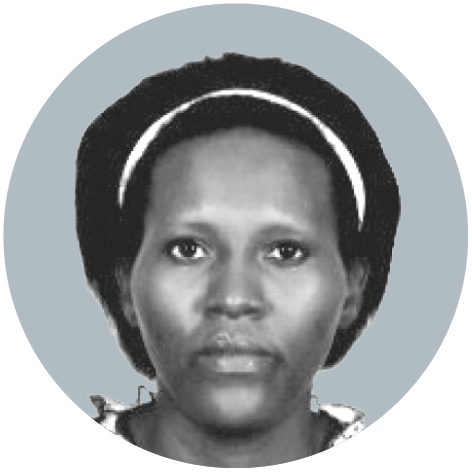Regional integration
Borderline prosperity

Border regions can be highly dynamic economic spaces – in particular in developing countries. The development of the borderlands depends on how liberal or restrictive the exchange between the adjoining countries is. Innovative development approaches may help turn the remotest periphery of a country into a centre of growth. Business, cultural and political exchange are relevant.
Border trade offers income opportunities, not least for family-run small and micro-enterprises. In the case of Myanmar, border trade contributes almost 44 % to the country’s exports and 17 % to imports. These ratios result from cumulative trade data of Myanmar’s Ministry of Commerce from 1 October 2018 to 19 July 2019. Agricultural products of smallholder farmers such as watermelons, rice and legumes from Myanmar are exported overland as a primary mode of trade to China and Thailand. A flourishing economy built on trade and logistics has emerged in border cities such as Myawaddy in Myanmar and Mae Sot in Thailand.
While trucks deliver wholesale goods in Thailand, an army of small-scale traders receive the goods at the border in Myanmar. On either side of the border, trade creates abundant income opportunities: in local trading, transport and logistics companies as well as for independent carriers and other trade intermediaries.
According to a study of the UN Conference on Trade and Development (UNCTAD, 2019) on the patterns of trade in Malawi, Tanzania and Zambia, considerably more women than men are engaged in informal cross-border trade. Formally recognising these small-scale activities as desirable livelihoods would offer considerable benefits – to the women themselves, to trading businesses and the economy in general.
Borders often separate labour markets with different conditions, which shape patterns of labour migration. Some 400,000 migrants from Myanmar work in the small Thai border town Mae Sot. Thailand’s minimum wage is very attractive for labourers from neighbouring Myanmar.
Infrastructure for new economic corridors
Adjoining border regions – in our example Mae Sot and Myawaddy – should be considered integrated systems. Transnational infrastructure is an immediate precondition of success for cross-border cooperation. This perspective could inspire new approaches to regional integration within the Association of Southeast Asian Nations (ASEAN).
China’s Belt and Road Initiative (BRI – see Doris Fischer in Focus section of D+C/E+Z e-Paper 2019/07) is geared to enhancing development along infrastructure corridors. That is also true of the Asian Development Bank’s initiatives for the Greater Mekong Subregion (GMS), interconnecting six countries.
The “Reconnecting Asia” project of the Center for Strategic and International Studies (CSIS), a Washington-based think tank, has thoroughly documented related activities. It lists almost 14,000 BRI infrastructure projects that are being carried out in Eurasia. They include all kinds of infrastructure, from ports to railways to power plants.
Does transnational infrastructure lead to closer economic ties and subsequently political integration “automatically”? How can administrations of adjoining border regions cooperate to seize opportunities and rise to challenges? European integration provides valuable historic lessons in this respect.
After World War II, a deeply divided Europe needed reconstruction as well as reconciliation. The Schuman Plan (named after the former foreign minister of France Robert Schuman), led to the establishment of the European Coal and Steel Community (ECSC) in 1952. It was an essential precursor to what is now the European Union. The ECSC agreement was signed by Germany, France, Italy and the Benelux countries (Belgium, the Netherlands and Luxemburg). It was based on economic considerations: the production of steel required both German coal and French iron ore. The tri-national region of Saarland in Germany, Lorraine in France and Luxemburg (SaarLorLux) became an early model of transnational cooperation.
In 1990, the EU introduced an important new policy instrument: INTERREG, in the context of the establishment of the European Single Market. INTERREG supports interregional cooperation of adjoining border regions. Indeed, the EU soon defined new “Euro Regions” which straddle borders. Special cooperation offices serve the Euro Region, and they get extra funding.
The EU experience shows that both is needed. Cooperation does not spontaneously arise by itself. An example is the Danish-German Euro Region of Fehmarnbelt. Projects should be undertaken not only in traditional economic fields like trade promotion, but also in fields like culture, education and sports.
ASEAN states will define their own vision for cooperation at its borders. Decades of European experience in integration and interregional cross-border cooperation are readily available as help and guidance. New infrastructure is certainly paving the way to broader cooperation: a new “Friendship Bridge” was opened between Mae Sot and Myawaddy in March and will substantially facilitate trade between Thailand and Myanmar.
Felix Haas is an independent public and private sector consultant focused on Myanmar and Southeast Asia.
felix.haas.mm@gmail.com
Links
UNCTAD, 2019: Borderline. Women in informal cross-border trade in Malawi, the United Republic of Tanzania and Zambia.
https://unctad.org/en/pages/PublicationWebflyer.aspx?publicationid=2348
Center for Strategic and International Studies: Reconnecting Asia.
https://reconnectingasia.csis.org/












